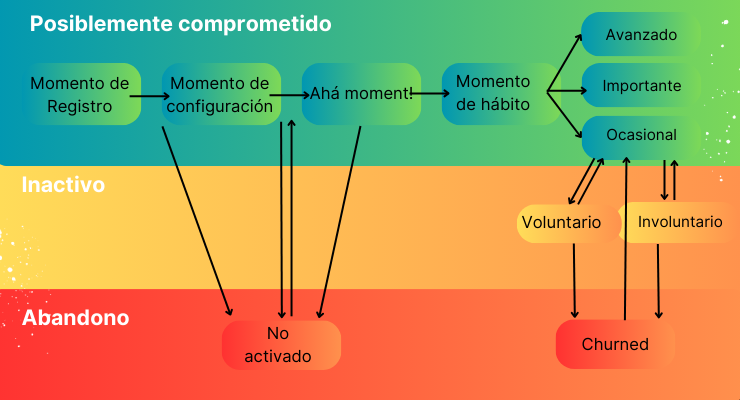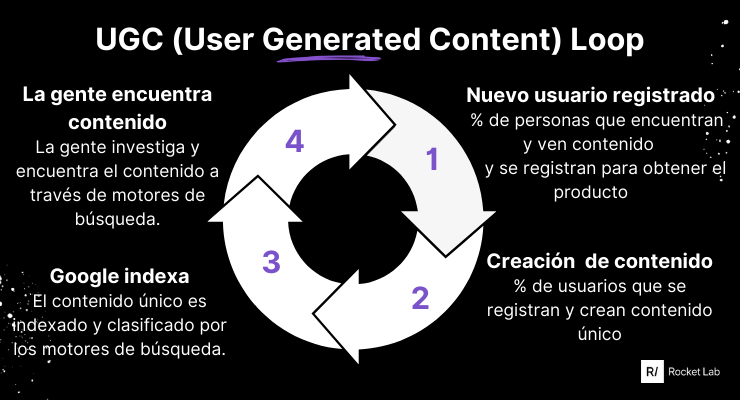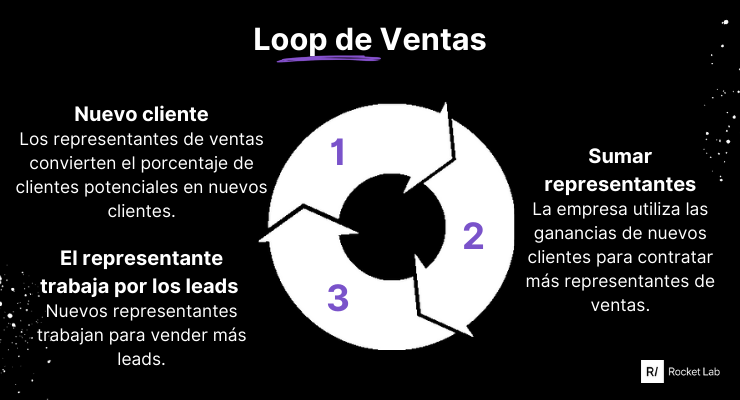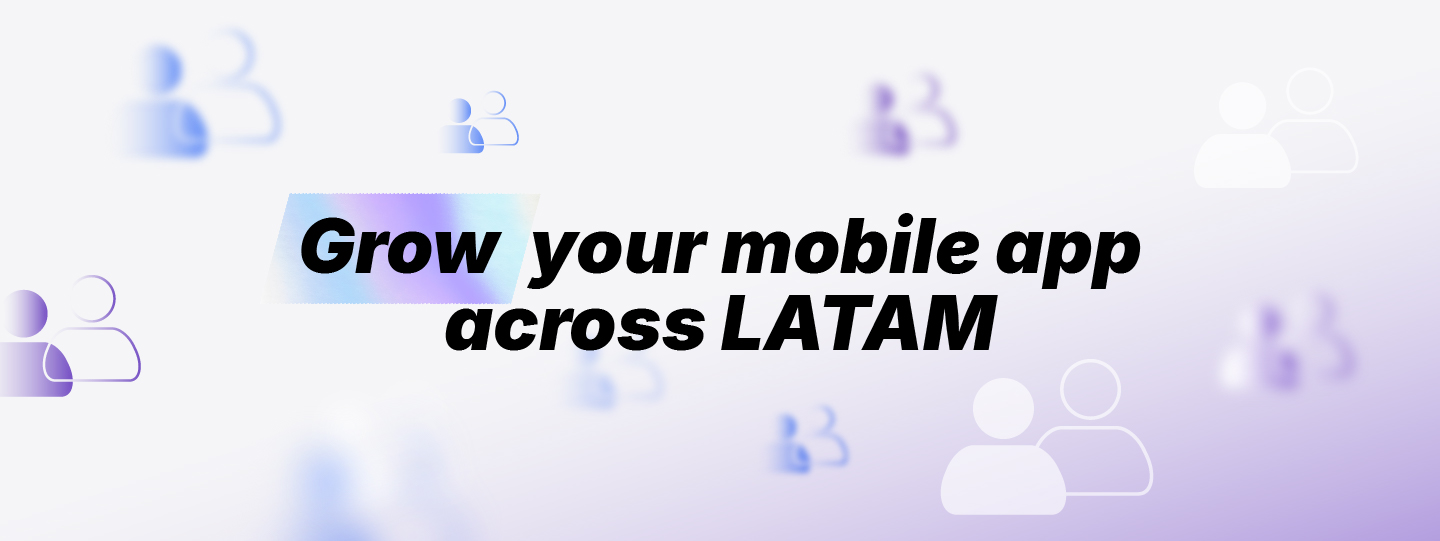
In the mobile app world, it’s not enough to have a plan—you need to adapt quickly. With so many apps fighting for attention, getting noticed and keeping users hooked is tougher than ever. That’s why programmatic advertising is a game-changer.
While programmatic can be used on multiple channels, our focus here is on mobile programmatic advertising—where the real growth for apps happens.
Xavier Bourlard, Senior Growth Director of Digital Ad Products and Retargeting at Rocket Lab, explains in this blog why programmatic advertising is essential for long-term app success. It combines automation, precise targeting, and continuous optimization to ensure your campaigns stay ahead of the competition. Whether you're aiming to attract new users or keep current ones engaged, getting these strategies right is crucial for getting the most out of your investment.
Programmatic advertising stands out because it automates the ad buying process, saving time and reducing costs, while also allowing you to scale your campaigns efficiently.
However, before programmatic advertising can fully optimize, it requires an initial learning and optimization phase. As Xavier Bourlard explains, this phase typically lasts a minimum of 6 to 8 weeks. During this time, the algorithms gather data and learn from user behavior, gradually optimizing the campaign to meet the advertiser's KPIs. This period is crucial for long-term success, as it allows the system to fine-tune targeting and performance strategies.
Once this learning phase is complete, the process of continuous optimization kicks in. Rather than relying solely on manual adjustments, machine learning refines campaigns in real-time. This ongoing optimization keeps your ads relevant, adapting them to changes in user behavior and market trends.
As Xavier points out, “Programmatic advertising offers a unique advantage by leveraging automation, data-driven decisions, and real-time optimization to ensure that your campaigns are always evolving.” This continuous improvement keeps campaigns sharp, helping you not just keep pace with the competition but get ahead.
To keep your programmatic campaigns running smoothly, it’s important to focus on specific metrics that give you real-time feedback. For user acquisition (UA), metrics like CPI, CTR, and ROAS help you track how much you’re spending and how well your ads are performing. On the retargeting and engagement side, metrics like Retention Rate, DAU, and LTV tell you how well you're keeping users engaged and driving long-term value.
By tracking these metrics, you can not only improve performance but also catch issues early on. For example, if CPI starts rising, it could indicate that you're spending too much of your budget on ad placements or inventory that might not be the best fit for your app's target audience. This can lead to inefficiencies in user acquisition efforts. Similarly, if Retention Rate drops, it may signal that users are losing interest, and you may need to adjust your engagement strategies or targeting. Real-time optimization enables you to make quick changes to address these issues, keeping your campaigns on track and ensuring you get the best return on your budget.


.png?width=740&height=400&name=Programmatic%20Blogpost%20ESP%20(11).png)


.png?width=740&height=400&name=Programmatic%20Blogpost%20ESP%20(12).png)
Despite the many advantages of real-time optimization, there are also challenges to consider. Data management is one of the key hurdles, as handling large volumes of data effectively requires strong governance and the ability to extract actionable insights. This is where industry experts and advanced technologies play a crucial role in simplifying data processes and helping teams focus on strategy, not just data handling.
One of the key benefits of programmatic advertising is its ability to optimize quickly, with minimal delay. While traditional advertising methods may take longer to show results after adjustments, programmatic allows for near real-time feedback. This enables you to react swiftly to shifts in user behavior and market conditions. By using real-time feedback systems and machine learning, you can continuously refine your campaigns, ensuring they stay flexible and responsive to your performance goals.
In addition to these challenges, effective budget allocation is equally important. For app retargeting campaigns, a significant user base (ideally over 100K MAU) is necessary to make them cost-effective. Machine learning helps ensure your budget is allocated to the audiences most likely to convert, preventing overspending and maximizing ROI.
App retargeting campaigns can be powerful, but they’re most effective when you have a substantial user base. Xavier advises that you should aim for at least 100K Monthly Active Users (MAU), ideally 500K, before investing heavily in-app retargeting. This ensures that your efforts are reaching enough users to justify the spend.
Machine learning is crucial in optimizing your budget by preventing overspending on audiences unlikely to convert. As Xavier Bourlard says, “The key to budget optimization is not overspending on audiences that won’t convert, and that’s where machine learning plays a pivotal role.” By focusing on the most promising segments, you can maximize your ROI and sustain app growth. Balancing both UA and app retargeting, and making real-time adjustments, ensures your campaigns remain both effective and efficient.
To keep your app growing in today’s competitive market, it’s important to take full advantage of programmatic advertising. By using machine learning, accurate targeting, and ongoing tweaks, you can make sure your campaigns get the best results. Staying flexible and ready to adapt will keep your efforts moving forward.
Programmatic advertising is a powerful way to reach the right users, and getting a grasp on how it works can make a big difference. We're here to provide the insights you need to start making the most of these strategies. Reach out to Rocket Lab if you're curious and want to explore this further.

.png)
.png)